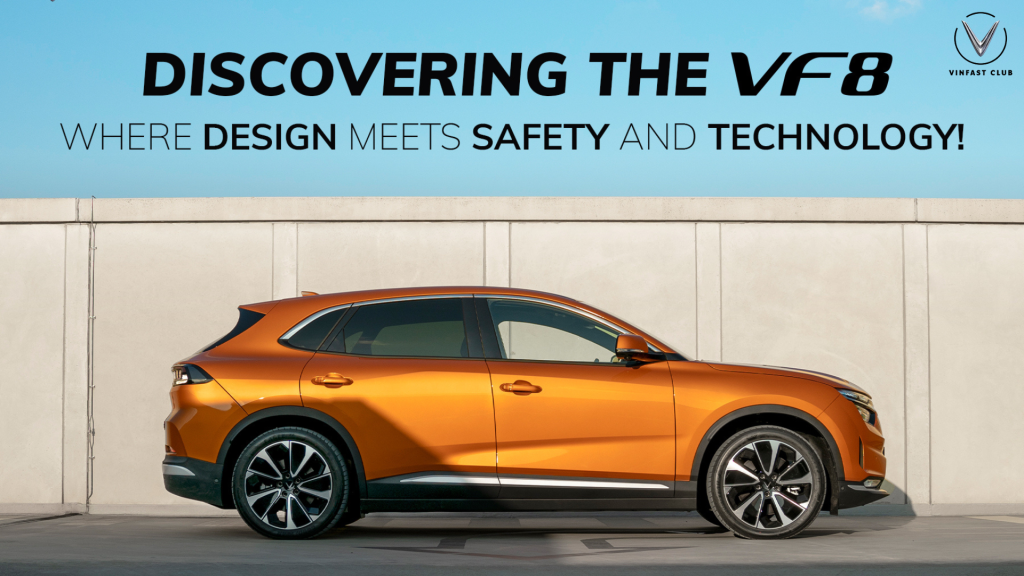Regenerative braking on electric vehicles: working principles and benefits of application
Regenerative braking is a mechanism employed in electric vehicles (EVs) that allows them to recover and store energy while decelerating or braking. It captures the kinetic energy from braking and converts it into the electrical power that charges the vehicle’s high voltage battery. Regenerative braking also slows the car down, which assists the use of traditional brakes. Working Principles: Kinetic Energy Conversion: When an EV decelerates or brakes, the electric motor functions as a generator instead of consuming energy. The kinetic energy of the vehicle is converted into electrical energy. Generative Braking System Activation: As the driver applies the brakes or reduces acceleration, the regenerative braking system activates. This system engages the electric motor to act as a generator, converting the rotational energy of the wheels into electrical energy. Electrical Energy Storage: The electrical energy generated during regenerative braking is sent to the battery pack for storage. It increases the state of charge of the battery and can be used later to power the vehicle or other onboard systems. Benefits of Regenerative Braking: As you can imagine, capturing and reusing more energy from braking has real benefits for the efficiency of your vehicle. Plus, it means less wear and tear…












